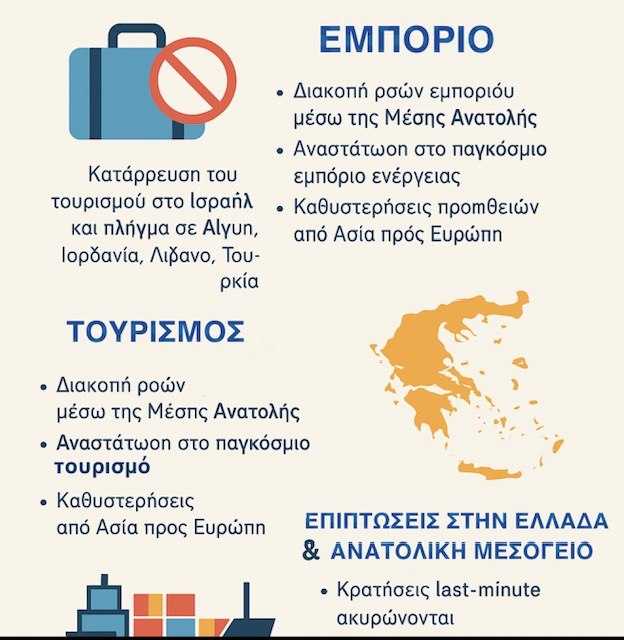Faced with the danger of asbestos the Palestinians in the debris of Gaza

In addition to Israeli bombings, Palestinians have to face an invisible threat that spreads into the ruins of the Gaza Strip: Asbestos carcinogenic fibers, whose consequences will make decades to appear.
O asbestosa group of silicate minerals, were once widely used as insulating material, but today it has been banned in most countries around the world.
The tiny crystalline fibers released by asbestos can cause the formation of scar tissue to the lungs and eventually lead to mesothelioma, an aggressive form of lung cancer.
In October 2024, the UN Environmental Program (UNEP) warned that up to 2.3 million tonnes of gauze jazz may contain asbestos.
The dangerous material comes mainly from the « Elenit » used in the roofs of eight outdoor refugee camps created after the Arab-Israeli War of 1948-29, when much of the population was displaced.
« The ruins of Gaza are a very, very toxic environment, » he told Bbc Professor Bill Kouksson, director of the National Mesothelioma Research Center in London.
« People will suffer not only the acute consequences but the long -term consequences of which children can suffer for their whole lives, » he said.
« Mesothelioma is a horrible, incurable illness, the worry is that it does not depend on the dose. Even inhalation of a small amount can cause mesothelioma, « Kuksson warned.
« It’s extremely painful. It is always diagnosed when it is late. And it is resistant to all treatments. «
In the past, asbestos was widely used in corrugated panels for roofs, known as « Harald Weber / Wikimedia Commons)
For the 2.1 million Palestinians crowded in an area four times smaller than London, avoidance of exposure is not an easy task. The threat of asbestos seems distant compared to harsh everyday life.
« It is not something that is perceived as a threat by the population. They don’t even have to eat and are more afraid of being killed by the bombs, « said Chiara Lodis of the non -governmental organization Medical Aid for Palestinians.
Another danger is the powder of silicate materials released by the cement of the ruins, said Dr. Ryan Roy of Monash University in Australia, a specialist in respiratory diseases.
Dust, he said, increases the risk of respiratory infections and aggravates chronic diseases such as chronic respiratory pulmonary disease.
According to UNEP estimated, Gaza will take up to 21 years and $ 1.2 billion to remove $ 50 million.








